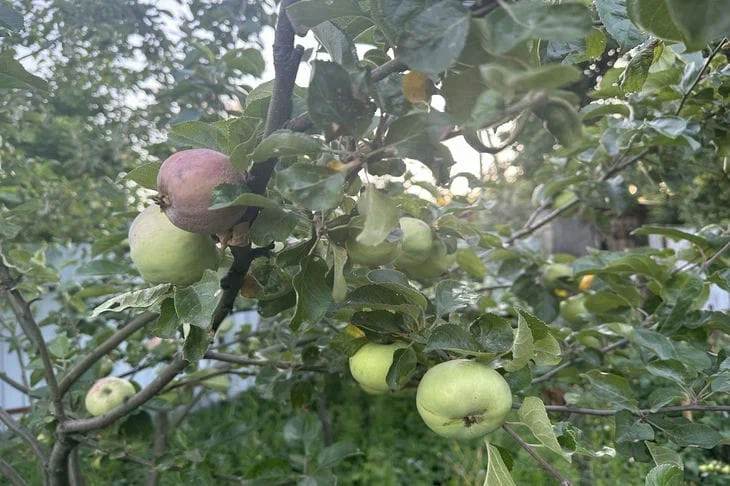The second half of summer usually coincides with the period of active development of fungal diseases.
Often, to combat such an undoubtedly unpleasant phenomenon, fungicides come to the aid of the summer resident, which, according to the expert of the online publication "BelNovosti", scientist-agronomist, landscape designer Anastasia Kovrizhnykh , are able to solve the task set before them in the shortest possible time.
That may be true, but another problem arises: it is unlikely that the fruits will be picked and eaten on the same day that the treatment was carried out.
We invite you to find out when you can eat fruits, vegetables and berries if the plants have been treated with fungicides, using three popular preparations as an example.
"Skor"
This remedy is usually used when it is necessary to get rid of powdery mildew, late blight, root or gray rot. If the plants were "treated" using "Skor", then the fruits from them can be served to the table in 20 days.

"Horus"
This preparation is used when it is necessary to protect pome or stone fruit crops, as well as grapes from a number of diseases, including monoliosis and powdery mildew. If you have treated apple and pear trees, you will have to wait 28 days. If peaches, apricots, plums, cherries, and sweet cherries have been treated against monoliosis, fruit rot, clasterosporium or coccomycosis, the waiting period is 15 days.
"Fitolavin"
Considering that the waiting period after using Fitolavin is only 1-2 days, you can understand why many gardeners choose it to deal with powdery mildew, scab, anthracnose and other diseases.








